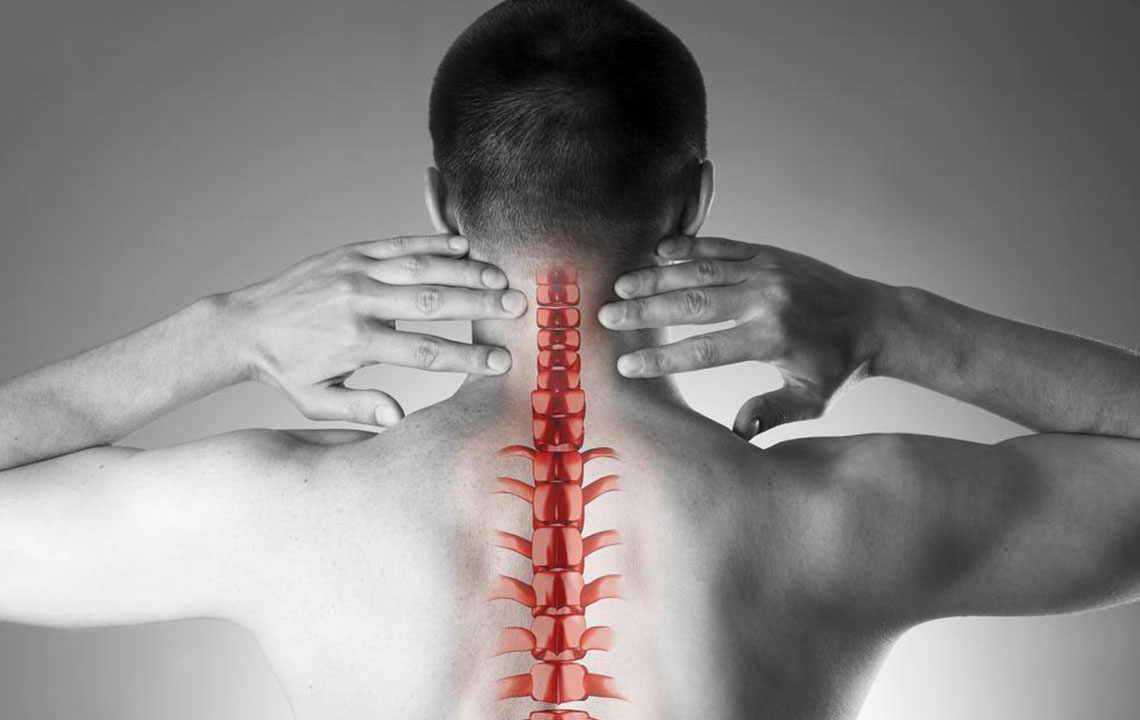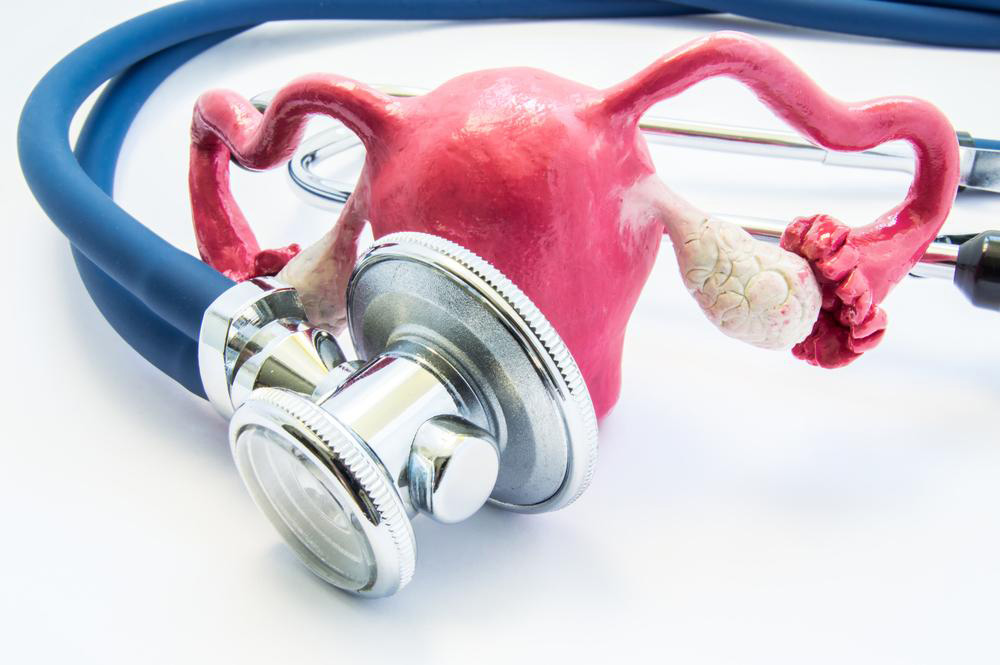Innovative Minimally Invasive Solutions for Spinal Canal Narrowing
Explore the latest minimally invasive surgical options for treating spinal stenosis, including decompression and stabilization techniques. These procedures offer effective relief with shorter recovery times and fewer risks compared to traditional surgery. Learn how these advanced methods can help alleviate chronic pain and improve mobility for affected individuals.

Innovative Minimally Invasive Solutions for Spinal Canal Narrowing
Spinal stenosis involves the narrowing of spaces within the spinal column, putting pressure on nerves that run through the spine. It commonly affects the lower back and neck regions.
For mild cases, conservative approaches like physical therapy, stretching, and exercises are effective. Severe cases, however, may require advanced procedures such as laser spine surgery to alleviate persistent pain.
If left untreated or misdiagnosed, spinal stenosis can cause chronic discomfort, impacting daily life. Symptoms may radiate from the neck or back to shoulders, arms, hips, legs, and feet.
Patients might experience numbness, weakness, tingling, loss of flexibility, or difficulty with walking, sitting, or leaning backward.
Many Laser Spine Institute locations provide minimally invasive surgical options to relieve chronic pain, presenting a viable alternative to traditional open back surgeries. These procedures typically have fewer complications, quicker recovery periods, and higher satisfaction rates.
Types of minimally invasive interventions for spinal stenosis include decompression and stabilization surgeries.
The choice between these options depends on the cause and severity of symptoms. Decompression procedures aim to relieve nerve pressure by removing parts of discs or vertebra that encroach on the spinal canal. In severe cases, fusion techniques like transforaminal lumbar interbody fusion or anterior cervical discectomy fusion are performed.
In stabilization surgeries, the affected disc is removed to decompress the nerve, and an implant is placed to maintain spine stability and prevent further narrowing.










